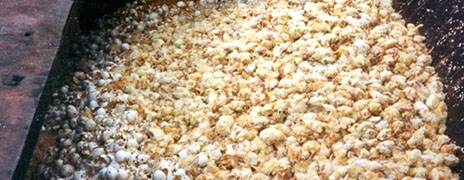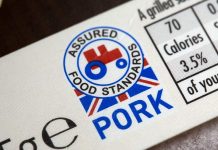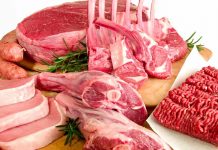The world is facing malnutrition and as a result, the traditional use of maize, wheat and soybean in the poultry feed can be substituted with newly developed poultry feed, which is usually a by-product of animal waste. One such unorthodox feed is the hatchery waste.
It includes egg shells, infertile eggs, dead embryos in the shell and dead chicks. Hatchery waste can be converted into nutritionally dense meal through proper processing. The only concern in the new feed is its microbial count, the problem of rancidity due to formation of free fatty acids and the variability of its quality. But the problems can be checked by proper processing techniques.
In Pakistan, the disposal of hatchery waste as garbage is not only a wastage of valuable protein and energy sources and pollute the environment as well.
Moreover, there are nutritional and technical aspects by virtue of which the use of hatchery waste as feed is limited. The nutritional aspects are variability in nutrient level and quality, presence of natural occurring anti-nutritional and toxic factors, presence of pathogenic micro-organism and need of supplementation. But these can be minimised by use of proper processing techniques. So far as the technical aspects are concerned, seasonal or unreliable supplies, bulkiness, wetness, processing requirement, drying and detoxification, and lack of research and development efforts. These problems can be rectified with proper management of the waste.
The development of cheap sources of energy and of protein of animal origin to replace the traditional feed is of utmost economic importance. The prices of traditionally used feed ingredients are too variable to be dependable. This situation forces nutritionist to search for new conventional feed or recycle certain wastes, Maize and wheat are frequently used in poultry diet at levels up to 60 per cent (cereal) and 50 per cent for soya.
If these feeds stuff are eliminated as diet ingredient, roughly half of the ration could be replaced by carbohydrates waste and protein.





